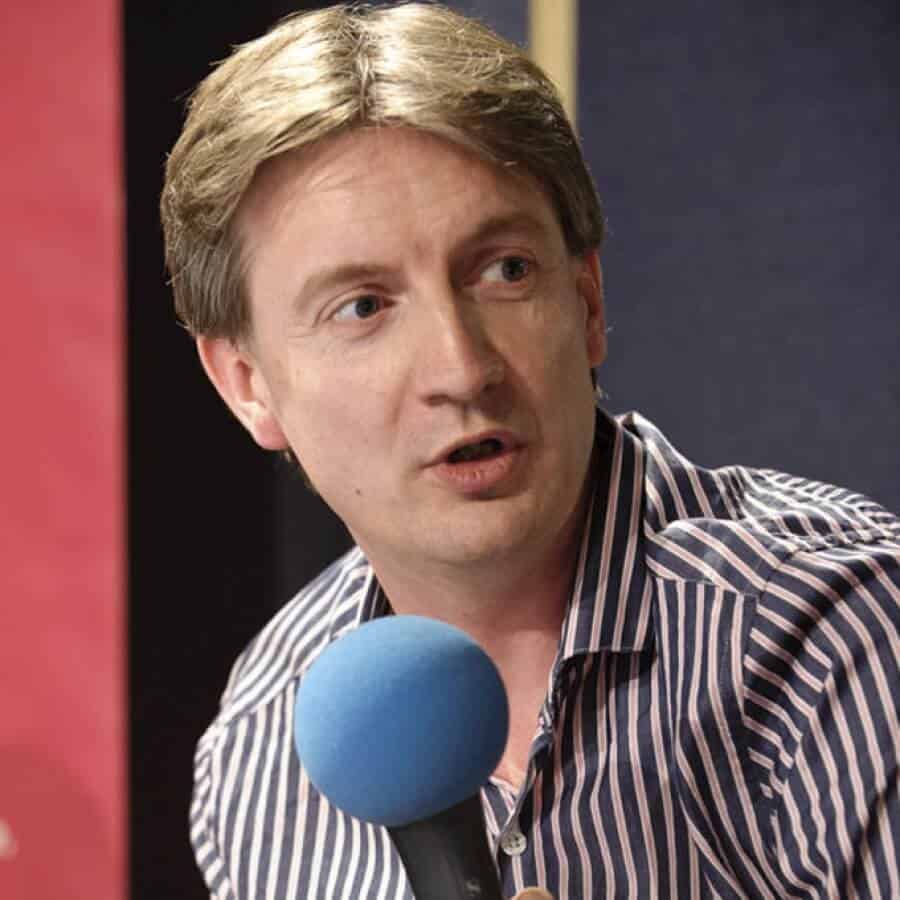“I wanted to put a human face on the refugee crisis,” says Raymond Furlong, multimedia editor at Radio Free Europe/Radio Liberty. This summer, Furlong got on a train full of refugees at the Greek-Macedonian border to begin working on Desperate Honeymoon. “In many countries, people are scared of refugees,” Furlong explains, “populists are exploiting those fears for political gain.”
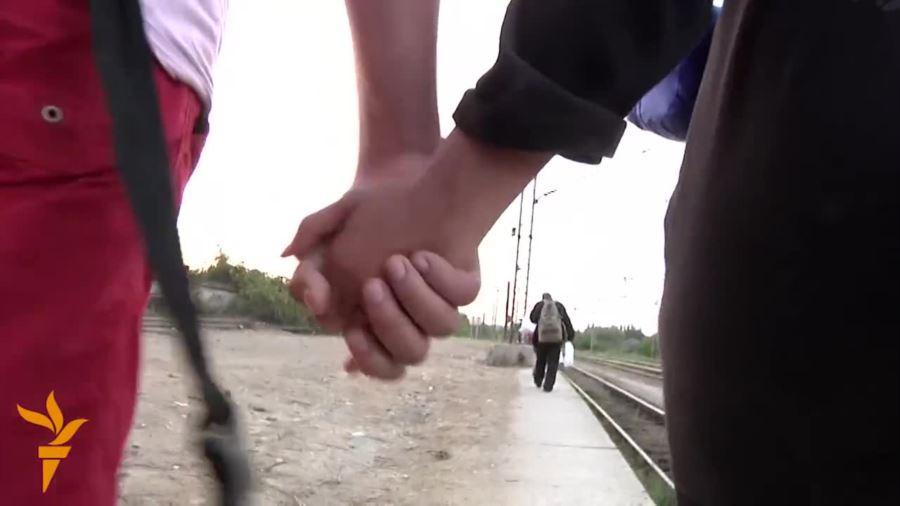
Originally from the UK, Furlong began his career in journalism as the Prague Correspondent for the BBC. After more than nine years as a correspondent, he became a senior broadcast journalist and worked in London. Since September 2014, he has worked as a multimedia editor at Radio Free Europe. While most of his work these days is in the office, he gets to travel about every six weeks or so. In the past Furlong used to travel a lot more and points out that he has no complaints about traveling less because it’s allowed him to have more of a private life.
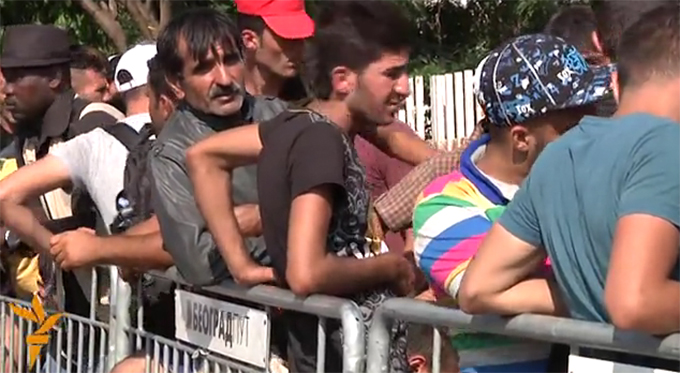
According to Furlong, a multimedia editor makes a lot of difficult decisions that go far beyond deciding what content to include or leave out, starting with the decision of where to go to film the best footage and what to do when the main characters can’t be found. While filming this particular documentary, this happened three times and he had to decide what to do since time was running out.
“There’s also the relationship with the protagonist to handle,” Furlong explains, “sometimes you need to be in their faces to get the material, but you need to know when to back off and give them some breathing space.” Other difficulties include when to arrive and when to leave a location. Furlong recalls almost leaving the Hungarian camp right before the breakout started: staying a bit longer gave them important footage that made a big difference in the documentary.
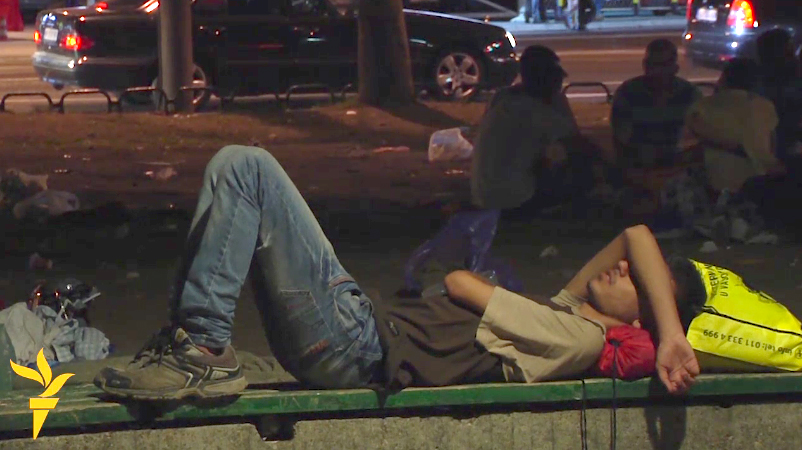
“We’re all biased, it’s human nature,” Furlong says, “the important thing is to be aware of this, to be aware that there is another opinion and to make sure that it gets heard.” In some cases, like this documentary, it wasn’t at all about opinions. The goal was simply to report what was going on and what was witnessed. Furlong explains that in some cases the viewer may feel that a voice isn’t being heard. One example is the footage take at the Hungarian fence, where no officials would give them an interview and they couldn’t force people to speak to them.
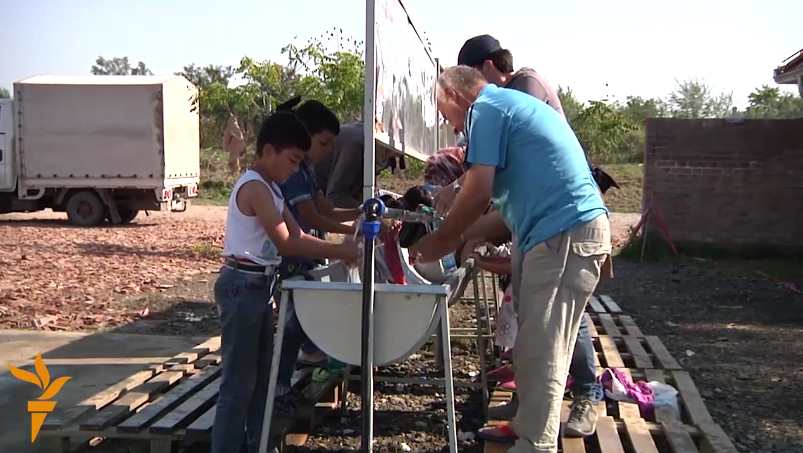
Desperate Honeymoon began as a standard news report assignment that was supposed to be filmed entirely at the Greek-Macedonian border. It became immediately obvious to Furlong that they should try to map the entire Balkan route and tell the story through the eyes of specific people. Along with Roman Kumpka, his cameraman, they traveled down to the border and made contact with a group of travelers. Furlong was involved in all parts of the production: directing, interviewing, editing and scripting. His colleague, Andy Wills, did a majority of the editing with direction from Furlong, who had a very definite idea of how the film would look.
“There’s a sense of a threat from ‘migrants’ or ‘refugees’ but no sense that these are mostly just ordinary people in big trouble,” Furlong says. “I wanted to redress that, so show them as individuals. I don’t know how much I succeeded, but I did my best.” The final product, the 17 minute video, took 8 days on the road: traveling through Macedonia, Serbia, Hungary, and Austria. It also took a week or two at the base to write the script, go through the materials, and edit the footage. Furlong also describes frantic Facebooking to re-establish contact with the Syrian contacts from the trip. That was how he got in touch with Sayid, the protagonist of the documentary, and they shot the end of the film at the refugee camp in Austria. The last filming was followed with a few days of editing and creating an interactive web page with a map and custom cut mini-videos of the various stages of the journey.
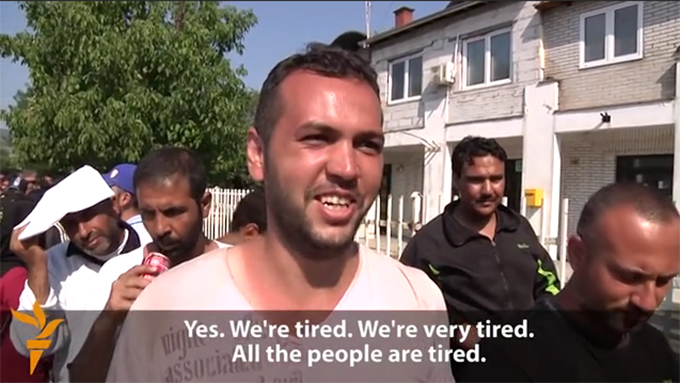
Furlong recently got back from Vienna, where they filmed the follow-up. The family in the documentary is now living with a local family, and there’s a lot of news. The follow-up video won’t be as long as the original documentary, but a shorter feature.
“When you are there, you catch a million details that enhance your understanding of the story, and this is a massive benefit when scripting,” Furlong says when explaining how seeing events with your own eyes fundamentally influences the production process and the final project. He explains that part of his work requires making English versions of the videos put together by colleagues from other departments. The only information that he is given is what his colleagues tell him – which obviously limits the story that Furlong can tell. “Being there also means that you get to make decisions about what to film, how to film it, and what questions to ask,” he explains, “there’s no substitute for it.”
Support us!
All your donations will be used to pay the magazine’s journalists and to support the ongoing costs of maintaining the site.
Share this post
Interested in co-operating with us?
We are open to co-operation from writers and businesses alike. You can reach us on our email at [email protected]/[email protected] and we will get back to you as quick as we can.
